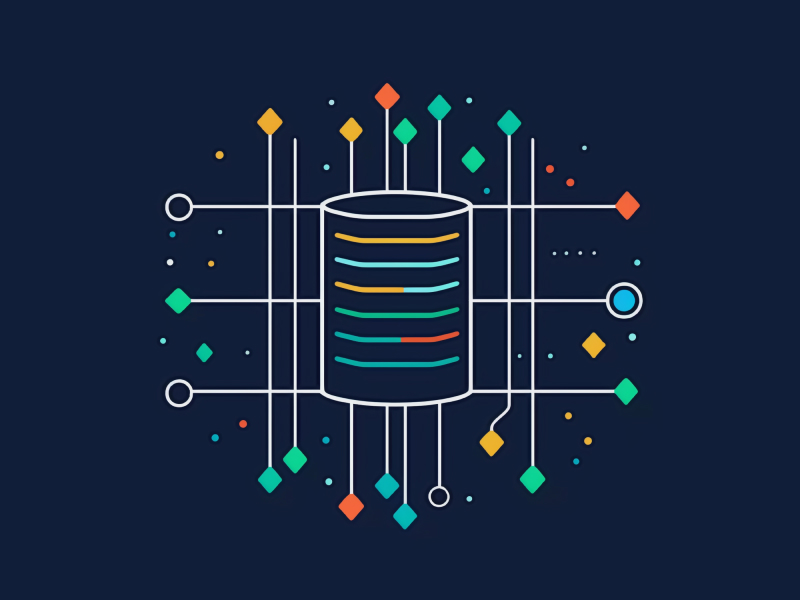Why MIT’s AI risk database is a valuable tool
The AI Risk Repository developed by MIT is a key resource in the ongoing effort to understand and manage the complexities associated with AI. Recognizing the rapidly growing influence of AI across sectors, MIT’s researchers have cataloged 777 risks, pulling from 43 distinct AI risk classifications, frameworks, and taxonomies.
The repository is designed to be a dynamic, “living” database, constantly updated to reflect new developments and emerging risks in the field.
The repository is a comprehensive reference point and a key tool for a range of stakeholders, including researchers, developers, businesses, evaluators, auditors, policymakers, and regulators.
MIT aims to build a deeper understanding of the potential hazards associated with AI technologies to support informed decision-making—ultimately helping organizations and regulatory bodies stay ahead in an environment where the stakes are continually rising.
The vision behind MIT’s AI risk repository
The goal of the repository is to provide a reliable and continually updated reference that can be used by all stakeholders. Through consolidating these risks into a single, accessible database, MIT has created a tool that aids in identifying, assessing, and managing the potential dangers associated with AI.
The importance of this repository cannot be overstated, particularly as AI continues to integrate into critical sectors such as healthcare, finance, and national security. Acting as a common reference point, the repository helps make sure all parties involved in AI development and regulation are working from the same set of facts, which is a must for effective governance and risk mitigation.
How MIT exposes hidden AI risks
MIT’s research exposed the major gap in the existing AI risk frameworks, pointing out that even the most thorough frameworks miss approximately 30% of the risks when evaluated across all available sources.
The fragmented nature of AI risk literature, which is dispersed across peer-reviewed journals, preprints, and industry reports, often leads to incomplete risk assessments.
The AI Risk Repository addresses this problem by consolidating and standardizing the identification and categorization of AI risks—providing a more holistic view of the potential hazards, letting stakeholders better understand and prepare for the full spectrum of risks that AI technologies may pose.
Consolidation is particularly valuable for decision-makers, who can now rely on a single, comprehensive resource rather than managing a disjointed collection of literature.
Inside MIT’s AI risk database
Each risk entry in the database is accompanied by specific quotes and page numbers, letting users trace the origins of the information and understand the context in which it was identified. The database’s design also supports easy integration into organizational processes.
MIT’s approach to AI risk taxonomy
The Causal Taxonomy of AI Risks within the repository classifies risks based on how, when, and why they occur—providing valuable insights into the mechanisms behind AI-related issues, helping stakeholders understand the risks themselves, along with the underlying factors that contribute to them.
MIT helps organizations anticipate potential problems and take proactive steps to mitigate them, which is key in an environment where AI technologies are evolving rapidly, and the consequences of unaddressed risks can be severe.
Domain-specific AI threats
The Domain Taxonomy of AI Risks in the repository organizes risks into seven key domains, each with its own set of subdomains. The primary domains include:
- Discrimination & toxicity: Risks related to biased AI outcomes and harmful societal impacts.
- Privacy & security: Risks involving data breaches, surveillance, and unauthorized access to sensitive information.
- Misinformation: The spread of false or misleading information through AI-generated content.
- Malicious actors & misuse: The potential for AI to be exploited for harmful purposes, including cyberattacks and weaponization.
- Human-computer interaction: Challenges related to how humans interact with AI systems, including issues of trust and reliance.
- Socioeconomic & environmental harms: The broader impacts of AI on society and the environment, including job displacement and resource consumption.
- AI system safety, failures, and limitations: Risks associated with the technical aspects of AI, such as system malfunctions and limitations in decision-making capabilities.
Within these domains are 23 subdomains that offer a more detailed classification, offering a more comprehensive understanding of the multifaceted threats that broad AI adoption brings.
Leveraging MIT’s database for smarter AI governance
MIT’s AI Risk Repository is also being viewed as a strategic asset for organizations looking to establish comprehensive AI governance frameworks. Its value lies in its ability to act as a key knowledge base, providing a structured and detailed understanding of the risks involved in AI deployment.
The repository is available in a convenient Google Sheet format, which makes it accessible and allows for easy customization.
Organizations can tailor the database to fit their specific needs, integrating it into their risk management practices and making sure they have a comprehensive view of the potential threats AI poses.
What the experts say about the AI risk repository
The value of MIT’s AI Risk Repository is widely recognized by industry experts, who see it as a powerful tool for managing the growing complexities of AI risk management.
- Brian Jackson, Info-Tech Research Group: Jackson describes the repository as indispensable, particularly for organizations looking to establish effective AI governance. Through cataloging and managing AI risks, the repository builds a solid foundation upon which organizations can develop their risk management strategies.
- Neil Thompson, MIT FutureTech Director: Thompson highlights the repository’s role in defining, auditing, and managing AI risks. He emphasizes that the range of risks is significant and not all can be anticipated ahead of time, making the repository a valuable resource for staying informed and prepared.
- Bart Willemsen, Gartner VP Analyst: Willemsen pointed out the comprehensive nature of the repository and its potential for shaping best practices in AI risk management. He calls for the continued expansion of the repository to make sure it remains a relevant and valuable resource in the future.
The challenges facing MIT’s AI risk database
The repository is currently based on 43 existing taxonomies, which means it may not fully capture emerging or domain-specific risks that have not yet been documented in the literature—posing a challenge for organizations looking to stay ahead of the curve in AI risk management.
Adding to this, the methodology used to create the repository involved a single expert reviewer for extraction and coding, which introduces the potential for errors and subject bias. This is a concern that users of the repository must be aware of, as it may impact the comprehensiveness and accuracy of the risk data.
Looking ahead
The AI Risk Repository is designed to be a living document, evolving over time to incorporate new risks and insights as they arise. Adaptability here is key in the fast-paced AI market, where technologies and their associated risks are constantly changing.
Future iterations of the repository may include additional mitigating measures and best practices, further improving its utility as a tool for responsible AI governance. As the repository grows and develops, it will continue to be key in helping organizations chart a strategic course through the complex and often unpredictable nature of AI risk management.





